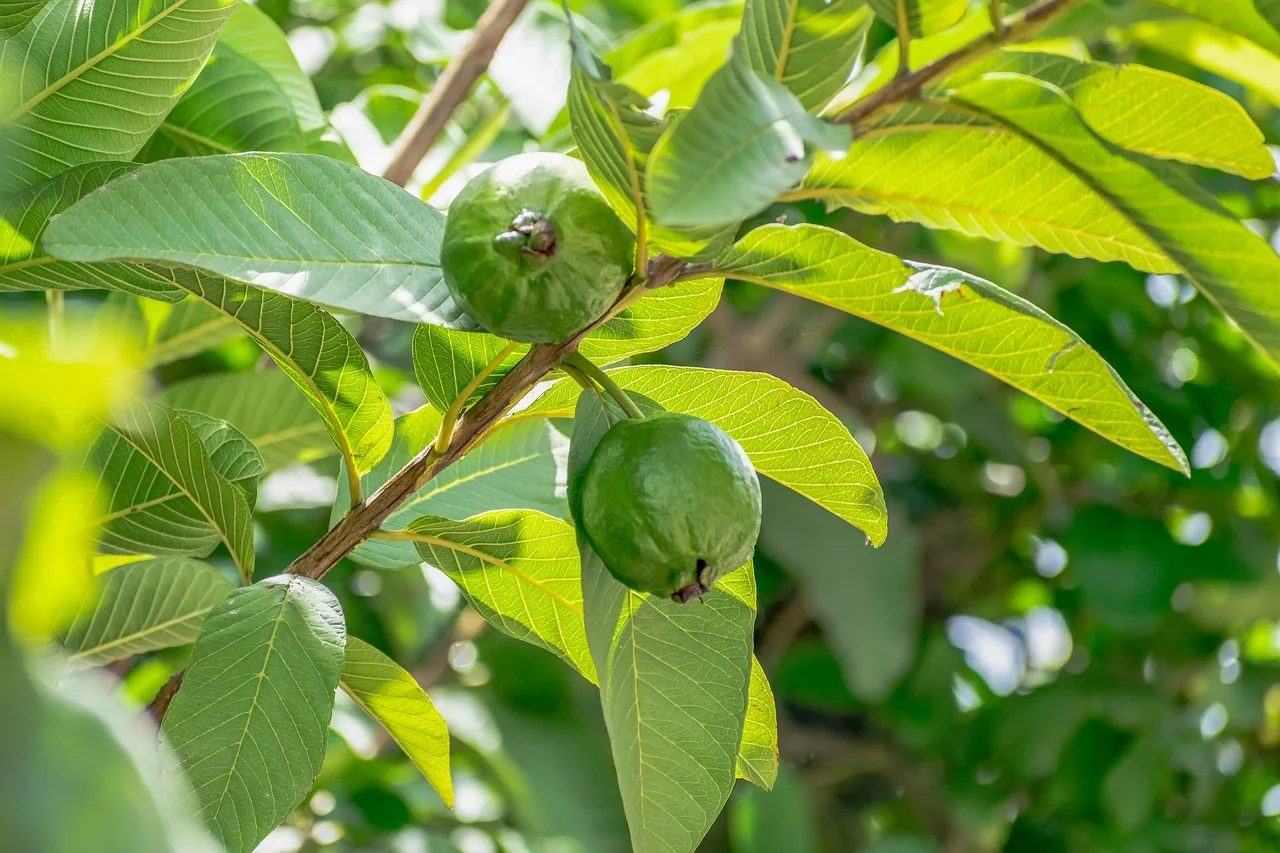
Growing guava from seed is a rewarding experience that allows you to cultivate your own delicious fruit right in your backyard. Not only does it provide you with a sense of accomplishment, but it also gives you the opportunity to enjoy the sweet and tangy taste of freshly picked guava. In this ultimate guide, I will take you through the step-by-step process of growing guava from seed, sharing valuable tips and tricks along the way to ensure your cultivation journey is successful.
Benefits of Growing Guava from Seed
There are several benefits to growing guava from seed rather than purchasing a grafted plant. Firstly, growing from seed allows you to select the specific variety of guava that you desire. With a wide range of guava species available, each with its own unique taste and characteristics, you have the freedom to choose the perfect guava for your preferences. Additionally, growing from seed is more cost-effective compared to buying a grafted plant. Seeds are readily available and are typically more affordable, making it a budget-friendly option for guava enthusiasts.
Choosing the Right Guava Seeds
When it comes to choosing guava seeds, it is important to select high-quality seeds from a reputable source. Look for seeds that are fresh, plump, and unblemished. Avoid seeds that are discolored or shriveled, as they may not germinate successfully. It is also beneficial to choose seeds from a variety that is well-suited to your climate and growing conditions. This will increase the chances of successful germination and healthy growth of your guava plant.
Preparing the Soil for Guava Cultivation
Before planting your guava seeds, it is crucial to prepare the soil to provide the optimum growing conditions for your plants. Guava thrives in well-draining soil that is rich in organic matter. Start by clearing the area of any weeds or debris, ensuring that there is plenty of space for your guava plants to grow. Next, incorporate organic matter such as compost or well-rotted manure into the soil to improve its fertility and moisture retention. This will provide a nutrient-rich environment for your guava plants to establish strong roots and grow vigorously.
Planting Guava Seeds
Once the soil is prepared, it’s time to plant your guava seeds. Begin by digging a hole that is slightly larger than the size of the seed. Place the seed in the hole and cover it with soil, ensuring that it is planted at the same depth as it was in the nursery container or seed packet. Gently firm the soil around the seed to secure it in place. It is recommended to plant multiple seeds to increase the chances of successful germination. Space the seeds at least three feet apart to allow ample room for the guava trees to grow and spread their branches.
Watering and Fertilizing Guava Seedlings
Proper watering and fertilization are essential for the healthy growth of guava seedlings. After planting the seeds, water the soil thoroughly to ensure it is evenly moist. Avoid overwatering, as this can lead to root rot. Once the seedlings emerge, provide regular watering, keeping the soil consistently moist but not waterlogged. Guava plants benefit from regular applications of balanced fertilizer, such as a 10-10-10 formula. Apply the fertilizer according to the package instructions, taking care not to over-fertilize, as this can cause nutrient burn.
Pruning and Shaping Guava Trees
Pruning plays a vital role in shaping and maintaining the health of guava trees. It is best to start pruning when the trees are young to encourage proper growth and form. Remove any dead or damaged branches, as well as those that are crossing or rubbing against each other. This will improve air circulation and reduce the risk of disease. Additionally, prune to maintain the desired shape and size of the tree. Regular pruning will help promote fruit production and keep the tree manageable in size for easy harvesting.
Common Pests and Diseases in Guava Cultivation
While guava is generally a hardy plant, it is susceptible to certain pests and diseases. Aphids, fruit flies, and guava moths are common pests that can damage both the foliage and fruits of guava trees. To control these pests, regularly inspect your plants and remove any affected leaves or fruits. Natural predators such as ladybugs can also help keep their populations in check. Guava plants are also prone to fungal diseases such as anthracnose and powdery mildew. To prevent these diseases, ensure proper air circulation around the plants and avoid overhead watering.
Harvesting and Storing Guava Fruits
The moment you’ve been waiting for has arrived – it’s time to harvest your guava fruits! Guavas are typically ready for harvest when they emit a sweet fragrance and yield slightly to gentle pressure. Using a pair of sharp pruning shears or scissors, cut the fruits from the tree, leaving a small stem attached. Avoid pulling or twisting the fruits, as this can damage the tree. Once harvested, guavas can be stored at room temperature for a few days or refrigerated for up to two weeks. Enjoy the fruits fresh or use them in a variety of delicious recipes.
Troubleshooting Common Issues in Guava Cultivation
Despite your best efforts, you may encounter some common issues in guava cultivation. Yellowing leaves can be a sign of nutrient deficiency or overwatering. Adjust your fertilization and watering practices accordingly. If your guava plants fail to flower or fruit, it may be due to inadequate sunlight or improper pruning. Ensure that your plants receive at least six hours of direct sunlight per day and prune them appropriately to promote fruiting. If you notice any unusual symptoms or pests, consult a local horticulturist or extension service for guidance and appropriate treatments.
Tips for Successful Guava Cultivation
To ensure a successful guava cultivation journey, here are some additional tips to keep in mind:
- Provide your guava plants with a sunny location that receives at least six hours of direct sunlight per day.
- Mulch around the base of the plants to conserve moisture, suppress weeds, and maintain a consistent soil temperature.
- Regularly monitor the soil moisture level and adjust your watering schedule accordingly to prevent under or overwatering.
- Protect your guava plants from extreme cold temperatures by covering them with frost blankets or bringing them indoors during winter.
- Practice good hygiene by removing fallen leaves and fruits from the ground to prevent the spread of diseases.
Conclusion
Growing guava from seed is a gratifying experience that allows you to enjoy the fruits of your labor. By following the tips and tricks outlined in this ultimate guide, you can successfully cultivate your own guava trees and savor the delicious taste of homegrown guavas. Remember to choose high-quality seeds, prepare the soil properly, and provide the necessary care and attention to your plants throughout their growth journey. With patience and dedication, you will soon be rewarded with a bountiful harvest of sweet and juicy guava fruits. Happy growing!
CTA: Start your guava cultivation journey today and experience the joy of growing your own delicious fruits! Order high-quality guava seeds from our trusted online store and embark on an exciting adventure in your backyard.







